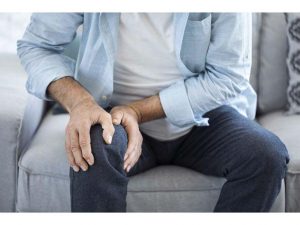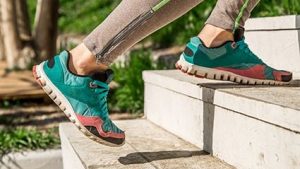
A new, more toxic strain of strep A bacteria is causing an outbreak of scarlet fever among British children, researchers report. The upswing in scarlet fever is the biggest seen since the 1960s. Between 2014 and 2016, the number of cases went from 15,000 to more than 19,000. The infection tends to peak between March and May, the study found. “The new lineage [of strep A] seems to be outcompeting its predecessor within the population,” said lead researcher Dr. Shiranee Sriskandan, a professor of infectious diseases at Imperial College London. This new strain also appears to produce more toxin than the previous strain, she said. Scarlet fever is easily cured with antibiotics, especially penicillin, according to Dr. Marc Siegel, a professor of medicine at NYU Langone Medical Center in New York City. If strep infections are not treated, however, they can spread throughout the body and become fatal, he said. “There are 11,000 to 15,000 cases of invasive strep among kids each year in the United States, which result in up to 1,500 deaths,” Siegel said. He fully expects this more aggressive strain of strep A to show up in the United States. Sriskandan added that “this strain type is fully sensitive to commonly used antibiotics, so resistance has not played a part in its emergence.” Strep A causes infections other than scarlet fever, and… read on >



































